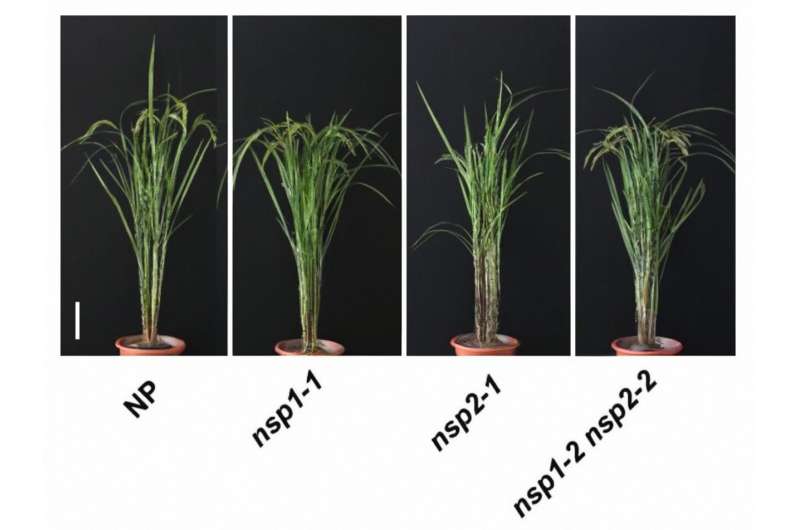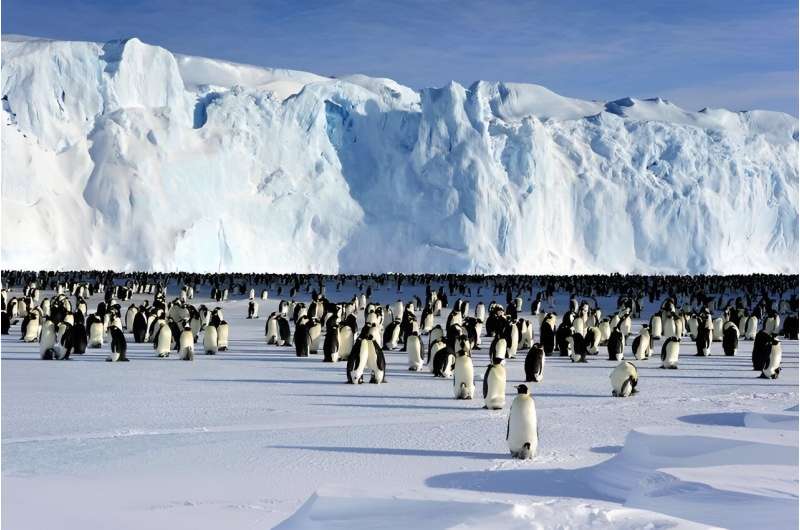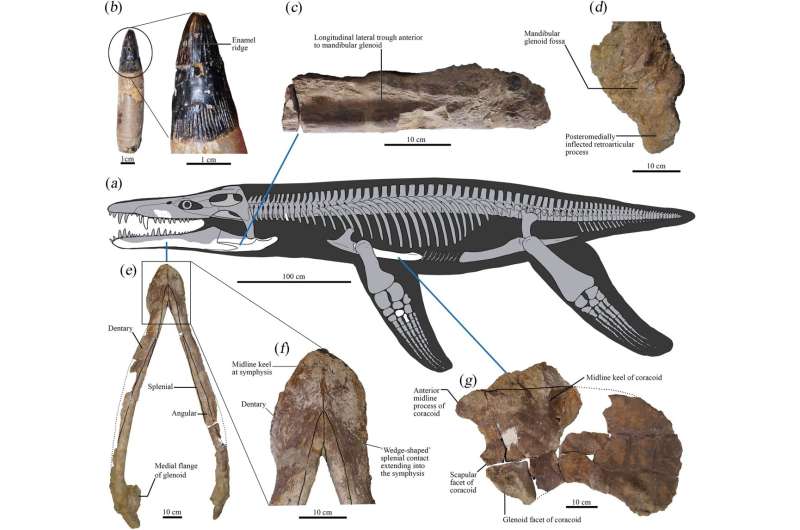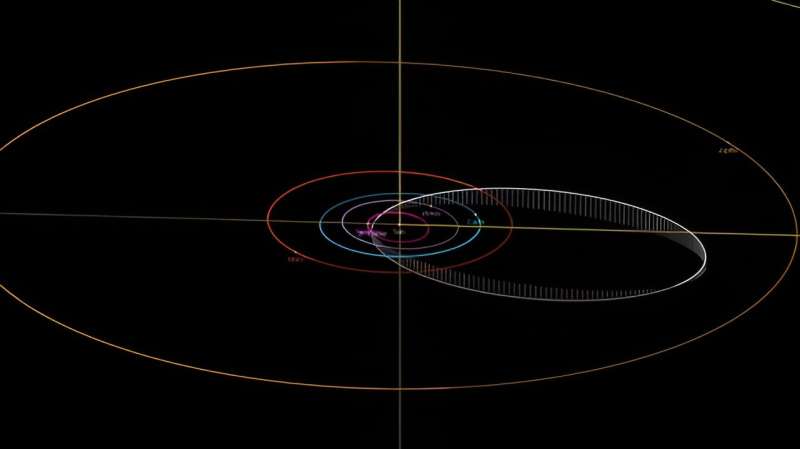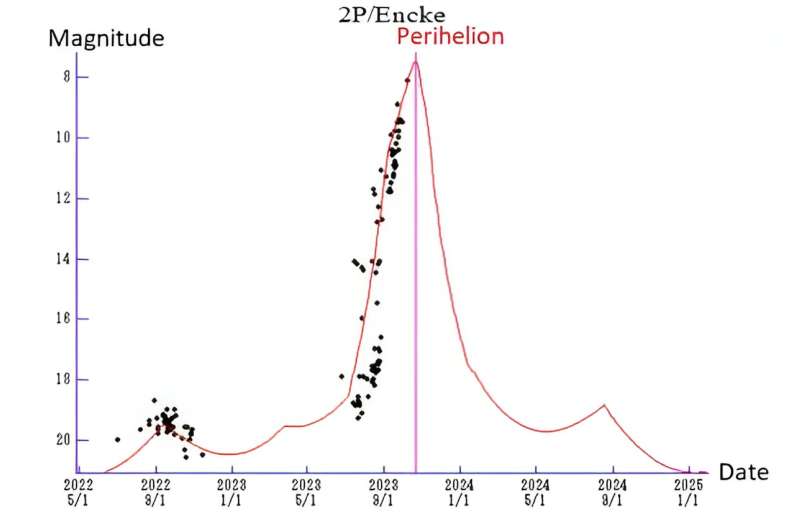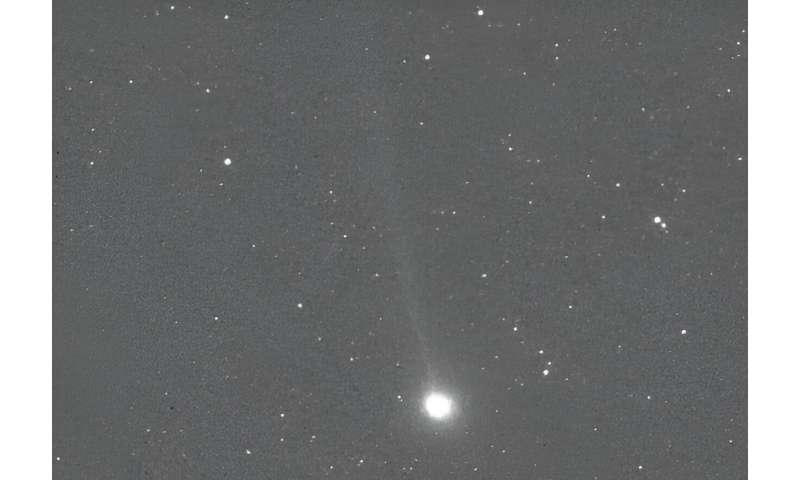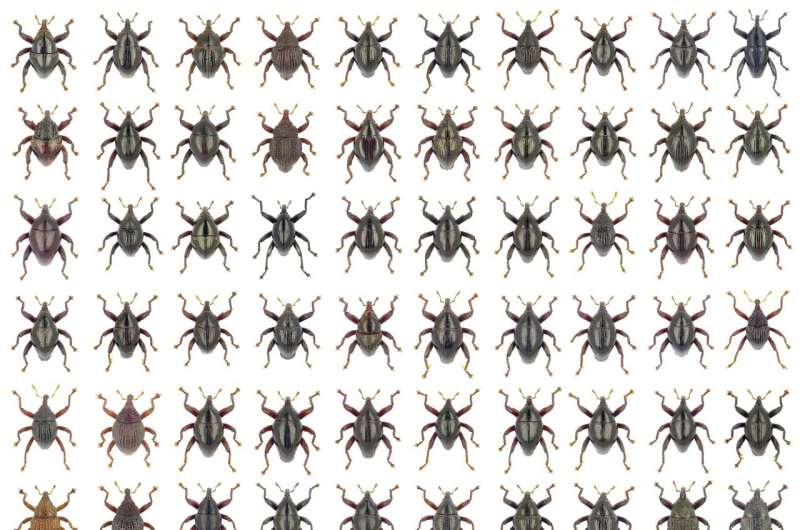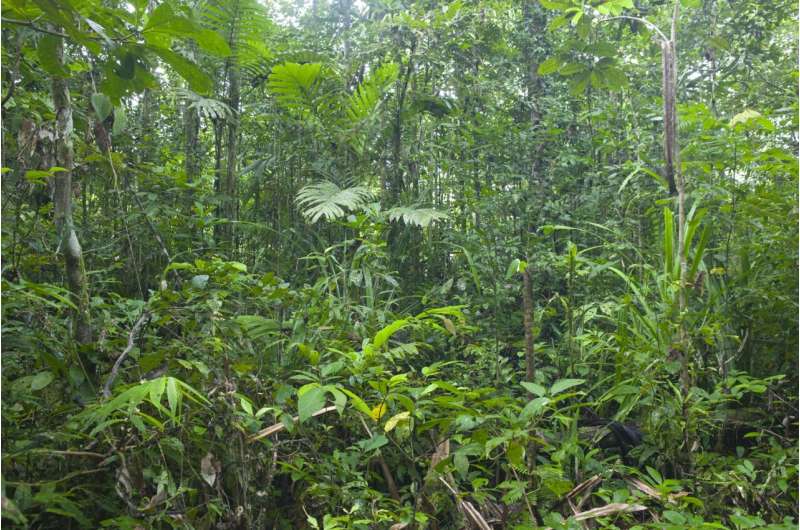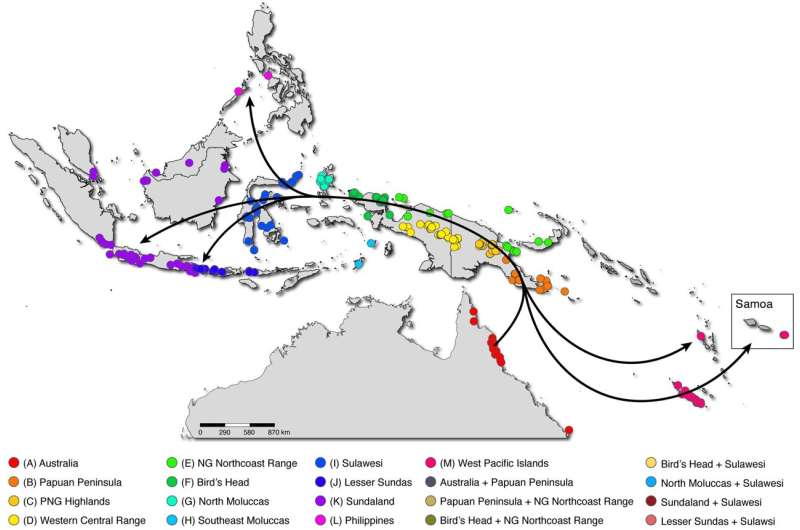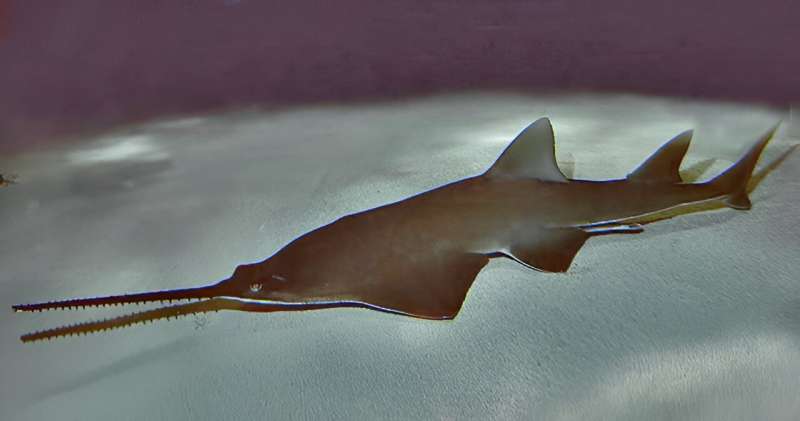Traditional shopping center experience transformed by COVID-19

A researcher has found that—in the post-COVID era—shoppers now seek functional and transactional value, rather than fun and social interactions when visiting a shopping center.
QUT Professor Gary Mortimer, along with Dr. María Lucila Osorio Andrade from EGADE Business School, Mexico and Dr. Syed Muhammad Fazal-e-Hasan from the Australian Catholic University in Sydney, published their findings in the Journal of Retailing and Consumer Services.
The research was undertaken to better understand changes in consumer behavior regarding the values and experiences that customers seek within shopping centers, using data collected before and after COVID-19.
Professor Mortimer said it had been suggested COVID-19-safety protocols like QR Codes, Sneeze Screens and Social Distancing measures implemented during the pandemic may have altered the values and experiences customers seek within shopping centers.
"We refer to this as a shift from 'traditional' to 'transformed,'" Professor Mortimer said.
"We found, when comparing data collected from shoppers prior to the pandemic with data collected after the pandemic, utilitarian and transactional value was now more important than ever."
As COVID-19 mitigation controls were removed and retail businesses reopened, customers sought greater functional experiences. The range of stores and services offered by shopping centers, and the ease of access and parking, offered immediacy and practicality when shopping, rather than waiting for online purchases to be delivered.
Professor Mortimer explained that as customers had grown accustomed to using "frictionless" and "contactless" payment methods during the pandemic, these innovative transaction methods appear to have become more important to shoppers.
"We still see many of these innovative transaction methods used today, and shoppers are responding well to them."
Surprisingly, time convenience was no more or less important.
"This consistency between pre-and-post COVID-19 samples relating to time convenience suggests that tactics implemented during the pandemic, like 'Click and Collect' and QR code ordering, have facilitated greater speed and efficiency and have been widely accepted by customers, who continue to use these facilities."
"Interestingly, the fun, excitement and hedonic value that shoppers once sought from a trip to the shopping center was now considered less important, as was the social interaction."
Professor Mortimer suggested, that despite shopping centers traditionally being social places, offering fun and entertainment, during the pandemic individuals were forced to find other avenues to facilitate these values and experiences.
More information: Gary Mortimer et al, From traditional to transformed: Examining the pre- and post-COVID consumers' shopping mall experiences, Journal of Retailing and Consumer Services (2023). DOI: 10.1016/j.jretconser.2023.103583
Provided by Queensland University of Technology

